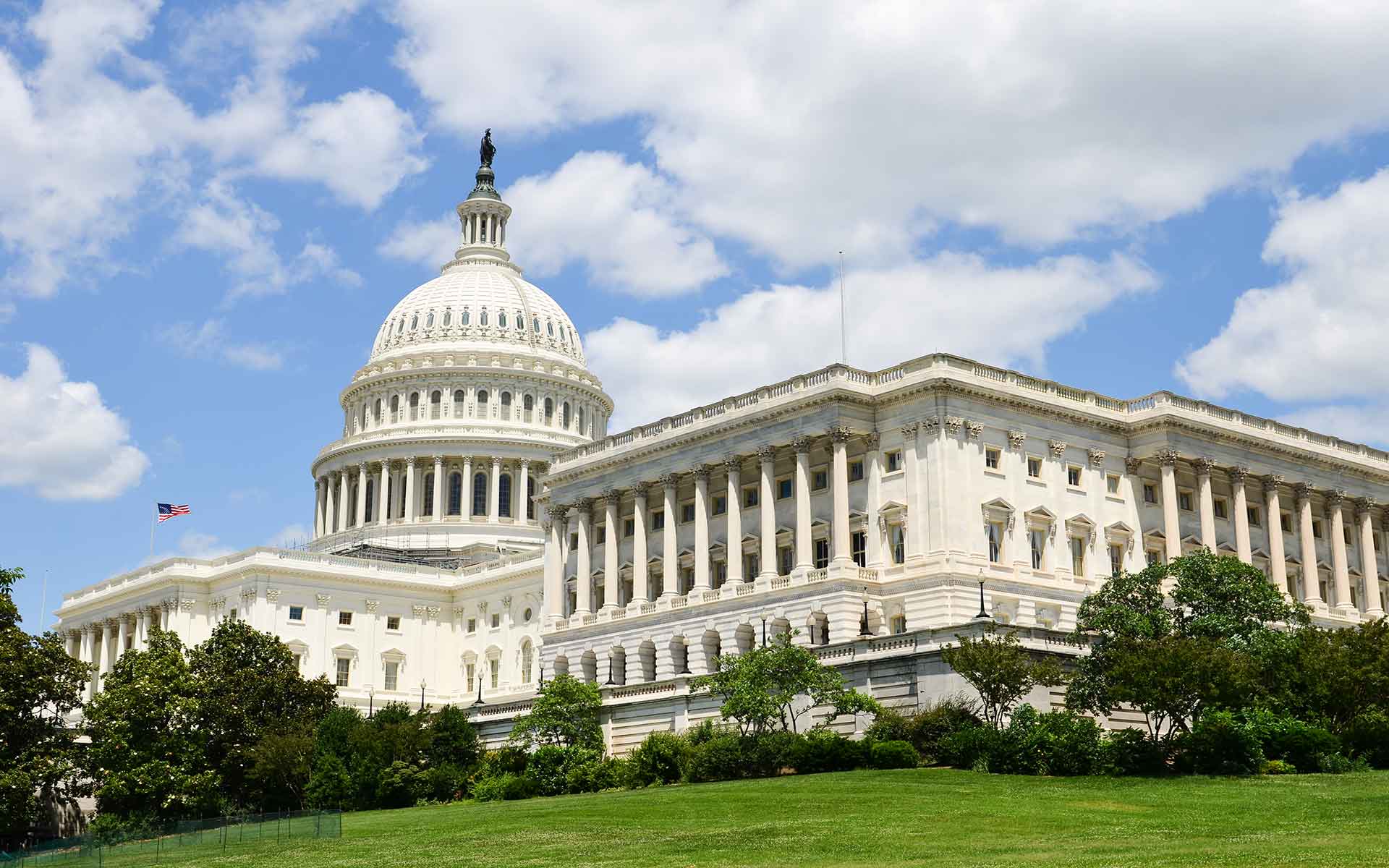The information provided is not directed at any investor or category of investors and is provided solely as general information about Lord Abbett's products and services and to otherwise provide general investment education. None of the information provided should be regarded as a suggestion to engage in or refrain from any investment related course of action as neither Lord Abbett nor its affiliates are undertaking to provide impartial investment advice, act as an impartial adviser, or give advice in a fiduciary capacity. If you are an individual retirement investor, contact your financial advisor or other fiduciary about whether any given investment idea, strategy, product, or service may be appropriate for your circumstances.
To comply with Treasury Department regulations, we inform you that, unless otherwise expressly indicated, any tax information contained herein is not intended or written to be used and cannot be used, for the purpose of (i) avoiding penalties that may be imposed under the Internal Revenue Code or any other applicable tax law, or (ii) promoting, marketing, recommending to another party any transaction, arrangement, or other matter.
These materials do not purport to provide any legal, tax, or accounting advice.
A 401(k) plan is a qualified plan that includes a feature allowing an employee to elect to have the employer contribute a portion of the employee’s wages to an individual account under the plan. The underlying plan can be a profit-sharing, stock bonus, pre-ERISA money purchase pension, or a rural cooperative plan. Generally, deferred wages (elective deferrals) are not subject to federal income tax withholding at the time of deferral, and they are not reported as taxable income on the employee’s individual income tax return.
A 403(b) plan, also known as a tax-sheltered annuity plan, is a retirement plan for certain employees of public schools, employees of certain Code Section 501(c)(3) tax-exempt organizations and certain ministers. A 403(b) plan allows employees to contribute some of their salary to the plan. The employer may also contribute to the plan for employees.
Plans of deferred compensation described in IRC section 457 are available for certain state and local governments and non-governmental entities tax exempt under IRC Section 501. They can be either eligible plans under IRC 457(b) or ineligible plans under IRC 457(f). Plans eligible under 457(b) allow employees of sponsoring organizations to defer income taxation on retirement savings into future years.
A Traditional IRA is an individual retirement account (IRA) that allows individuals to direct income, up to specific annual limits, toward investments that accumulate tax-deferred. Contributions to the traditional IRA may be tax-deductible depending on the taxpayer’s income, tax-filing status, and other factors.
A SIMPLE IRA is a retirement plan that may be established by employers, including self-employed individuals. The employer is allowed a tax deduction for contributions made to the SIMPLE. The employer makes either matching or nonelective contributions to each eligible employee’s SIMPLE IRA, and employees may make salary deferral contributions.
A Roth IRA is a tax-deferred and potentially tax-free savings plan available to all working individuals and their spouses who meet the IRS income requirements. Distributions, including accumulated earnings, may be made tax-free if the account has been held at least five years, and the individual is at least 59½, or if any of the IRS exceptions apply. Contributions to a Roth IRA are not tax-deductible, but withdrawals during retirement are generally tax-free.
A Roth 401(k) is an employer-sponsored savings plan that gives employees the option of investing after-tax dollars for retirement. Although you pay taxes on your contributions, withdrawals that you take after age 59½ will be tax-free if the account has been funded for at least five years.
The information is being provided for general educational purposes only and is not intended to provide legal or tax advice. You should consult your own legal or tax advisor for guidance on regulatory compliance matters. Any examples provided are for informational purposes only and are not intended to be reflective of actual results and are not indicative of any particular client situation.


